(Photo: Reuters)
The mummy, believed to be a young man, was reportedly found in an underground tomb wrapped in a funeral package, along with pottery, rope and including pieces of skin and hair.
Archaeologist Yomira Huaman, in charge of the Cajamarquilla research project affiliated with the Universidad Nacional de San Marcos, said the young man's mummy was found in a "good state of preservation".
(Photo: Reuters)
Although best known for the mountaintop Inca royal retreat of Machu Picchu, Peru was home to many pre-Hispanic cultures that thrived in the centuries before the Inca Empire came to power, primarily along the country's central coast and in the Andes Mountains.
The juvenile mummy was reportedly found to be between 1,100 and 1,200 years old and could belong to the Lima or Ichma cultures. Archaeologist Yomira Huaman said the mummy was discovered about 200 meters (220 yards) from where the first Cajamarquilla mummy was found. It is the latest in a series of mummy finds in the area last year.
The archaeological site also found the remains of eight children and 12 adults, who appear to have been sacrificed around 800-1200 years ago.
(Photo: Reuters)
The vast Cajamarquilla complex features the remains of four pyramids and other structures such as walls arranged in a maze-like pattern. The complex is the second largest mudbrick city in Peru after Chan Chan in the northern Andean country.
Huaman said Cajamarquilla may have been inhabited by people from the coastal and Andean highlands. Located in a dusty area about 20 km (12 miles) from Lima, the site is believed to have been a thriving trading center.
VTV.VN
Source


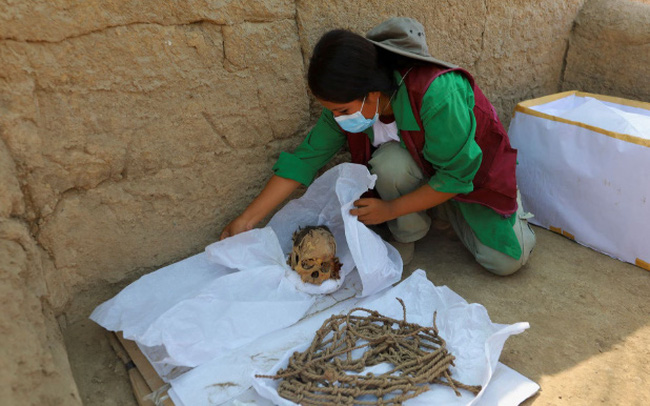
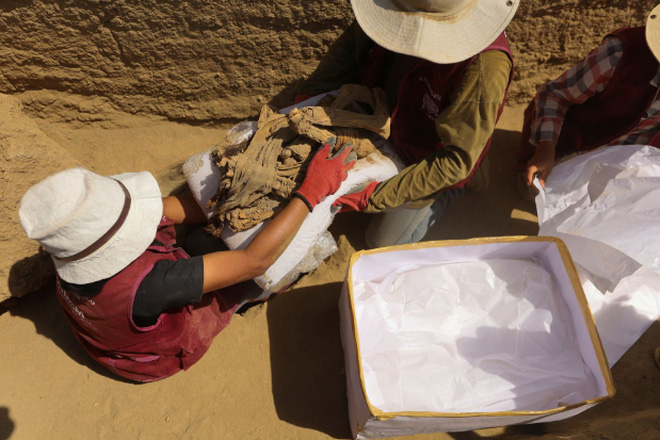
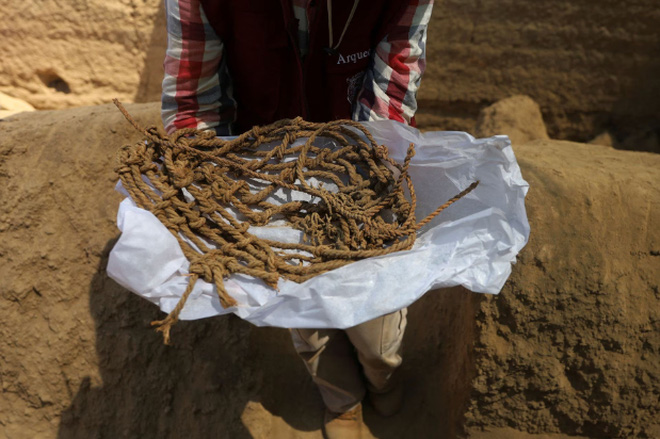
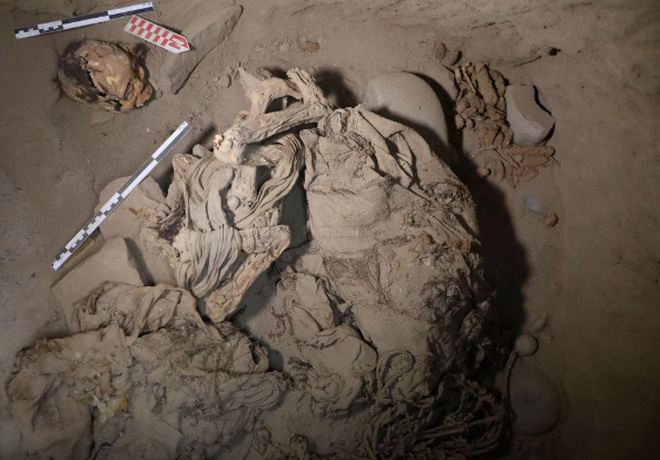
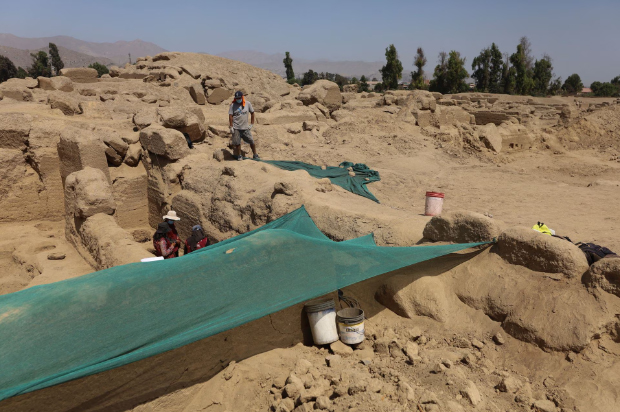







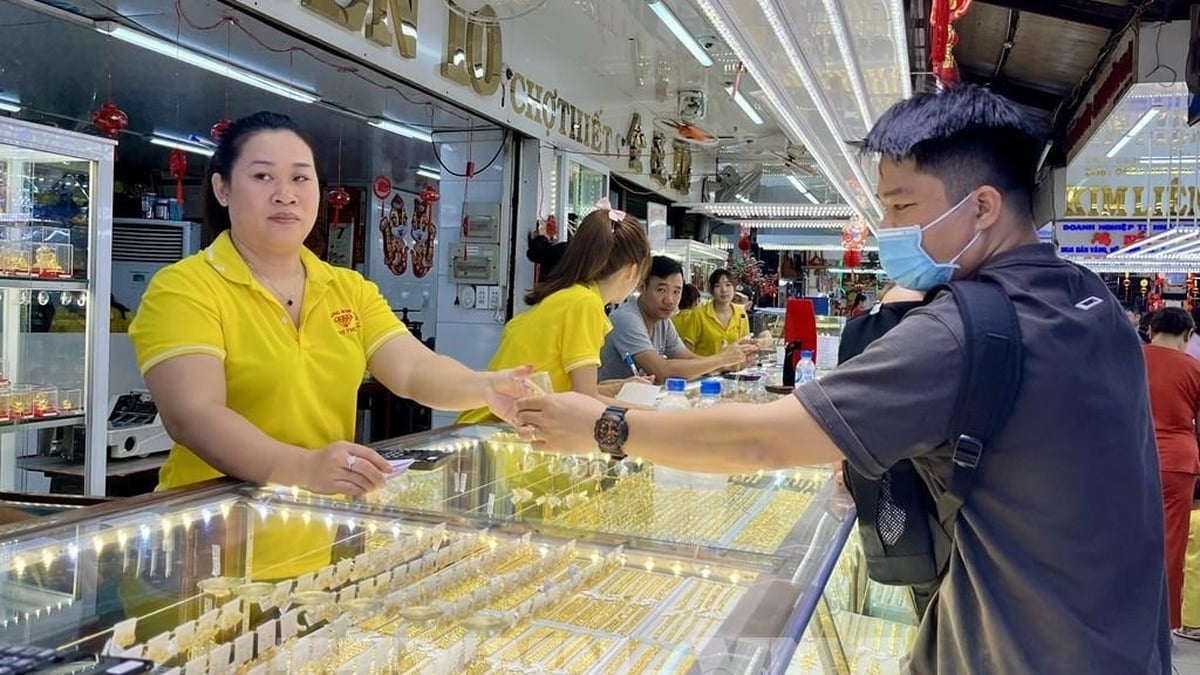
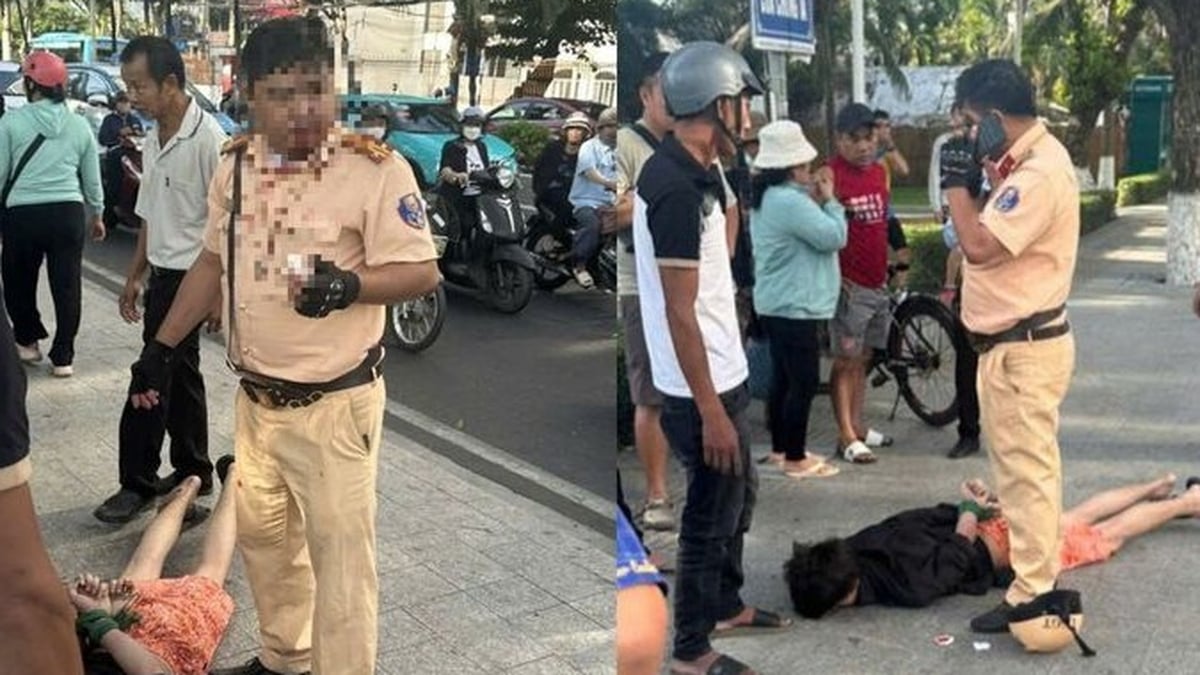


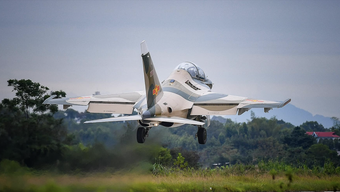
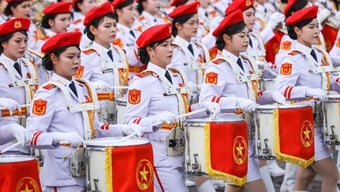







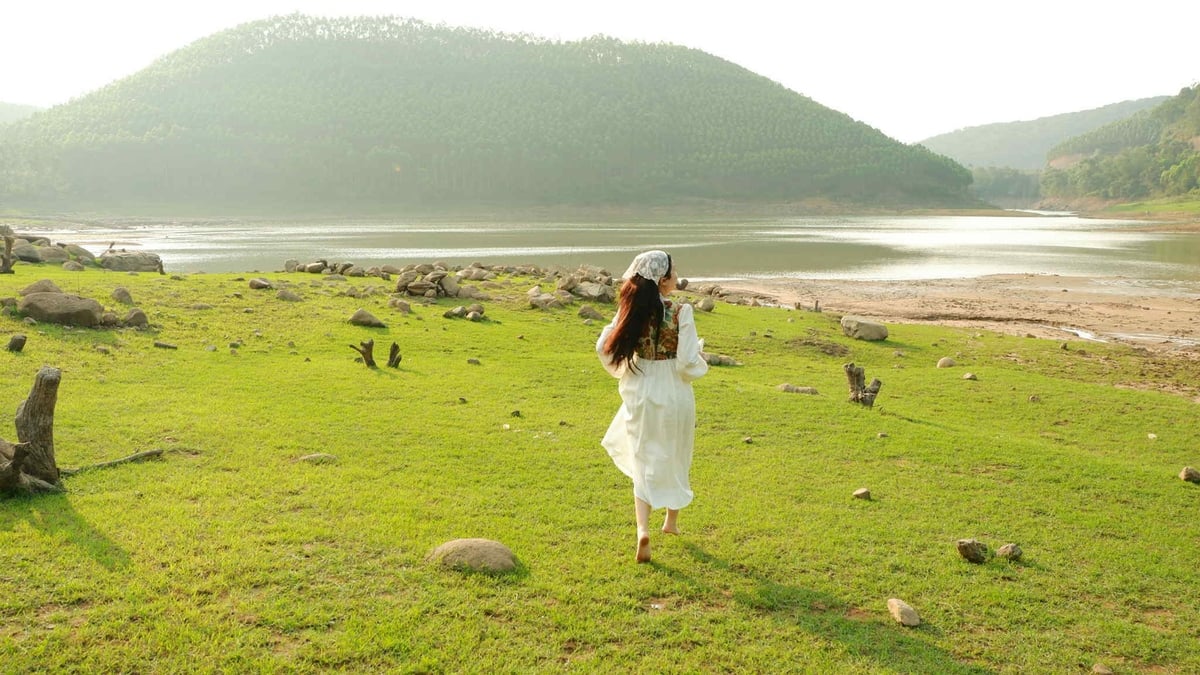
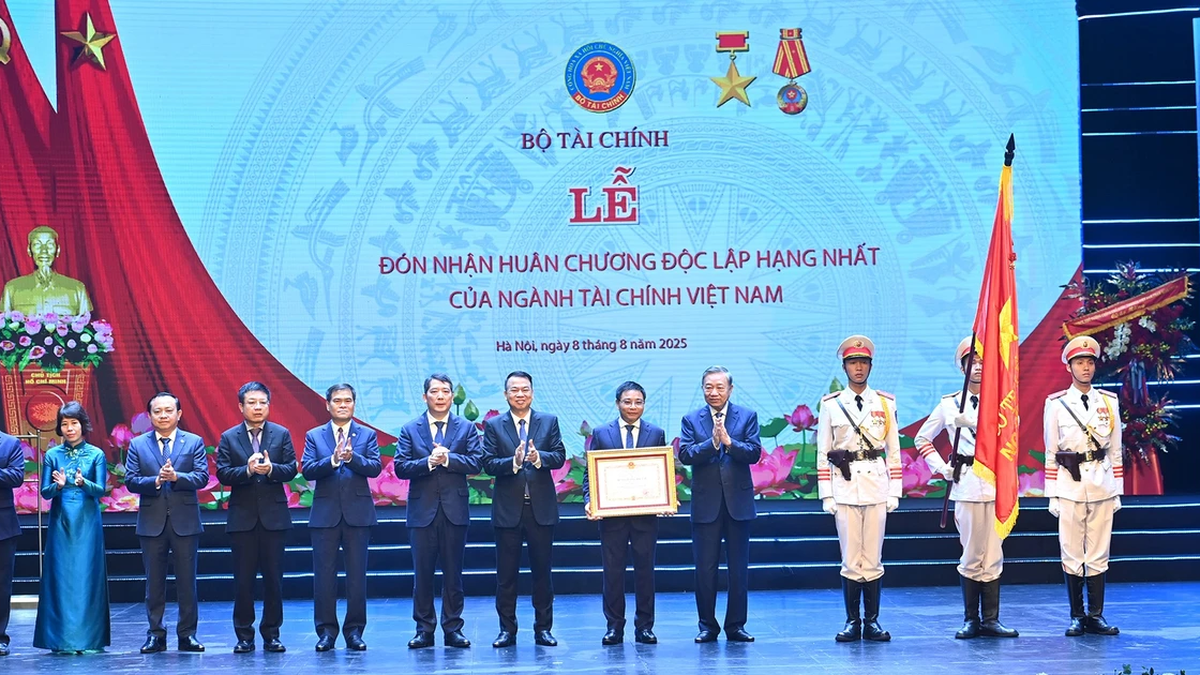
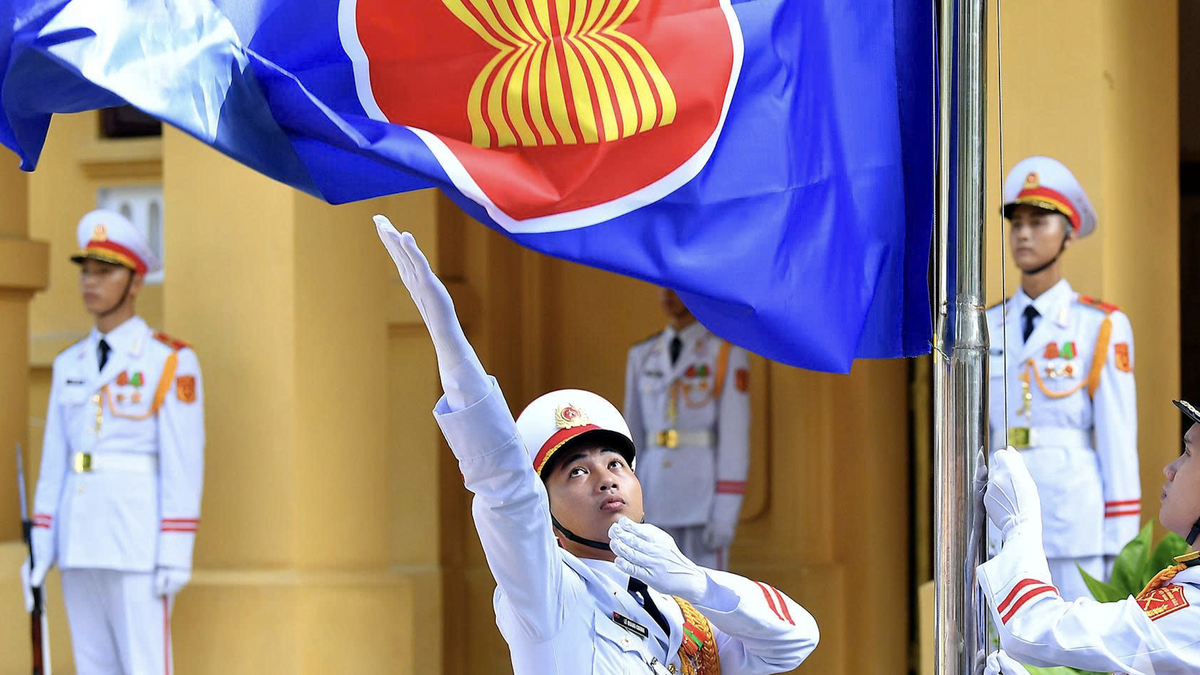
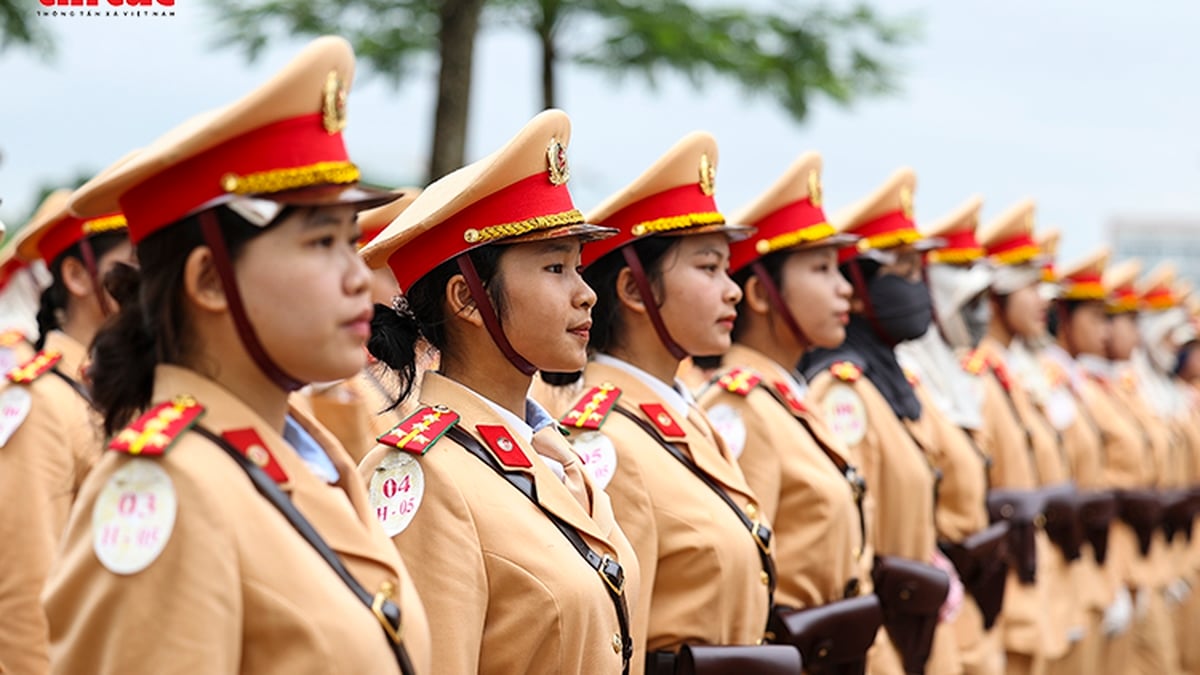
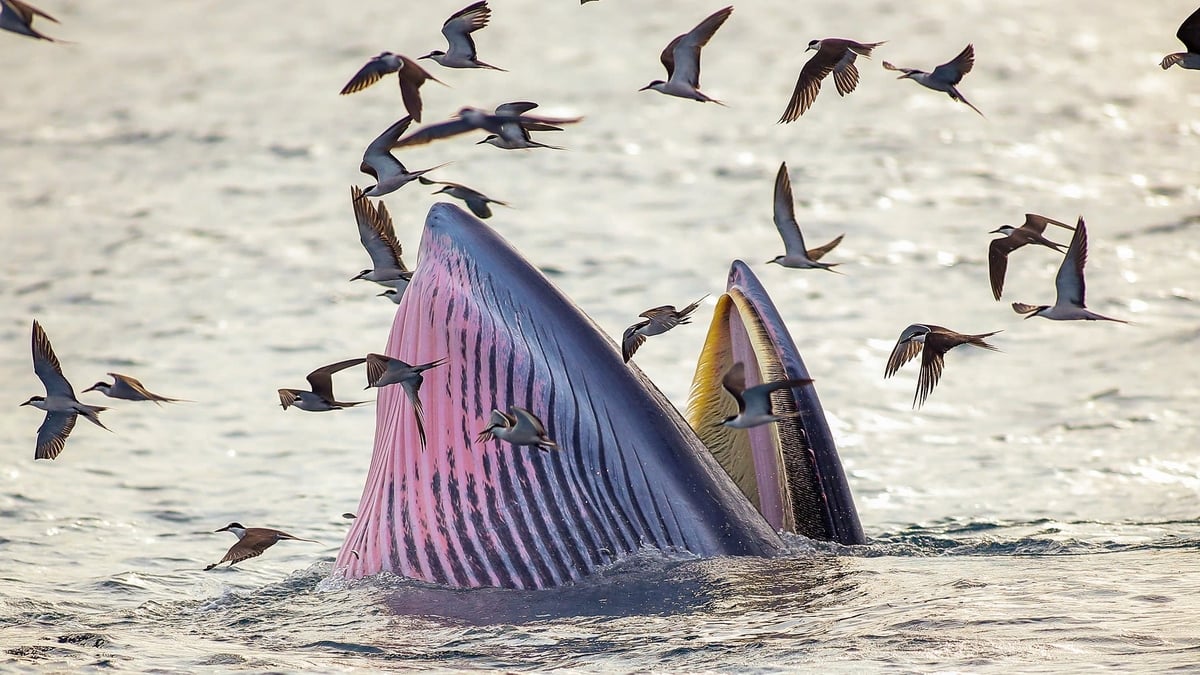
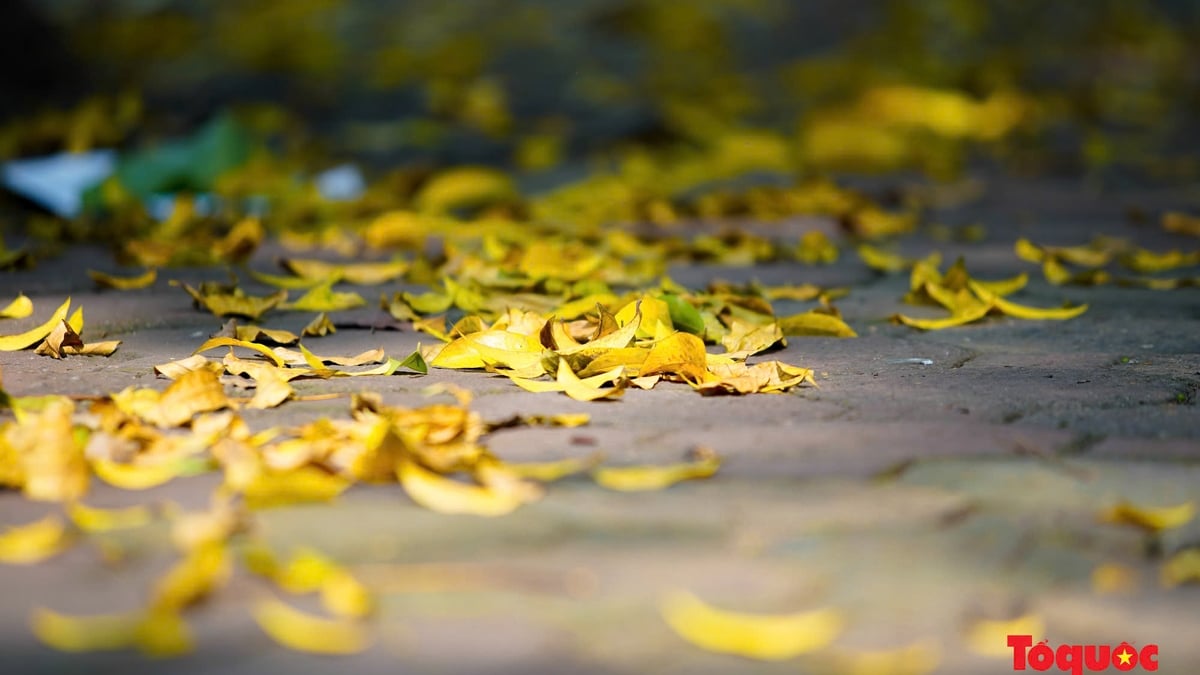
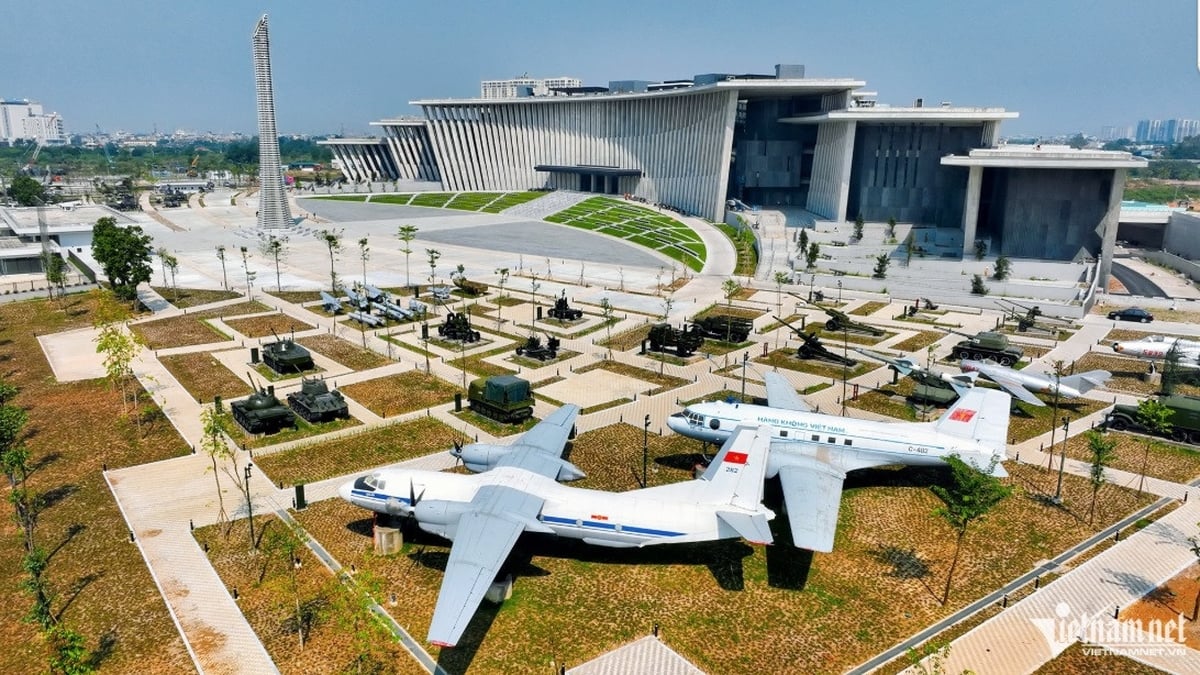
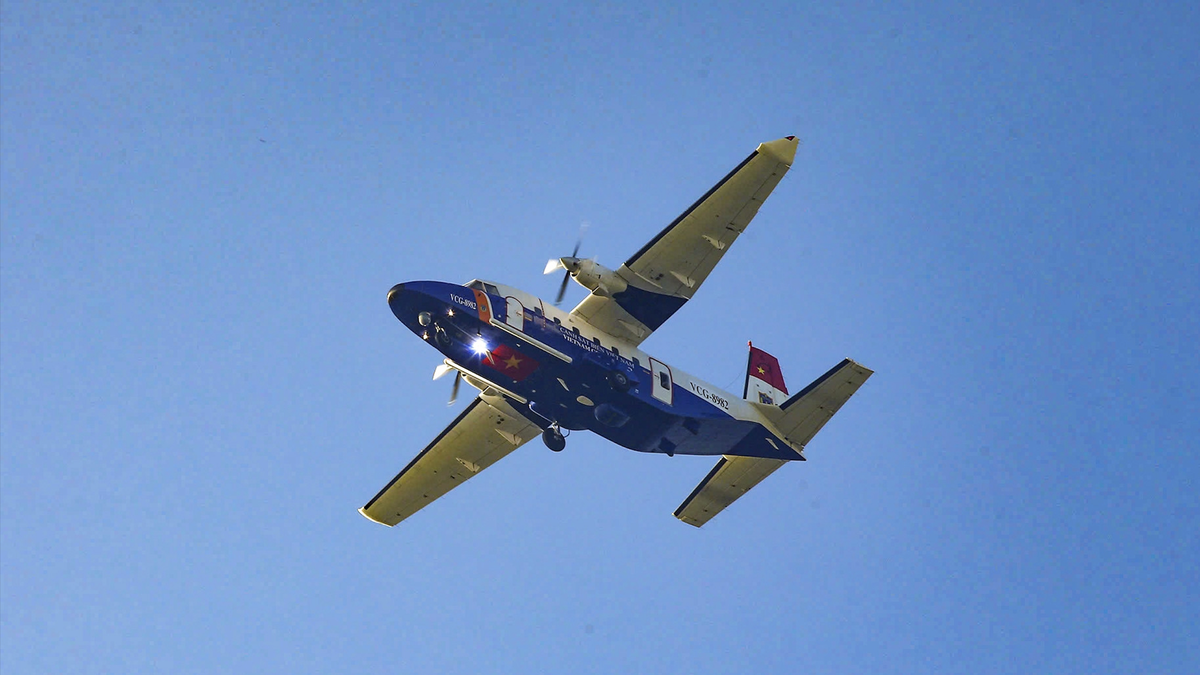
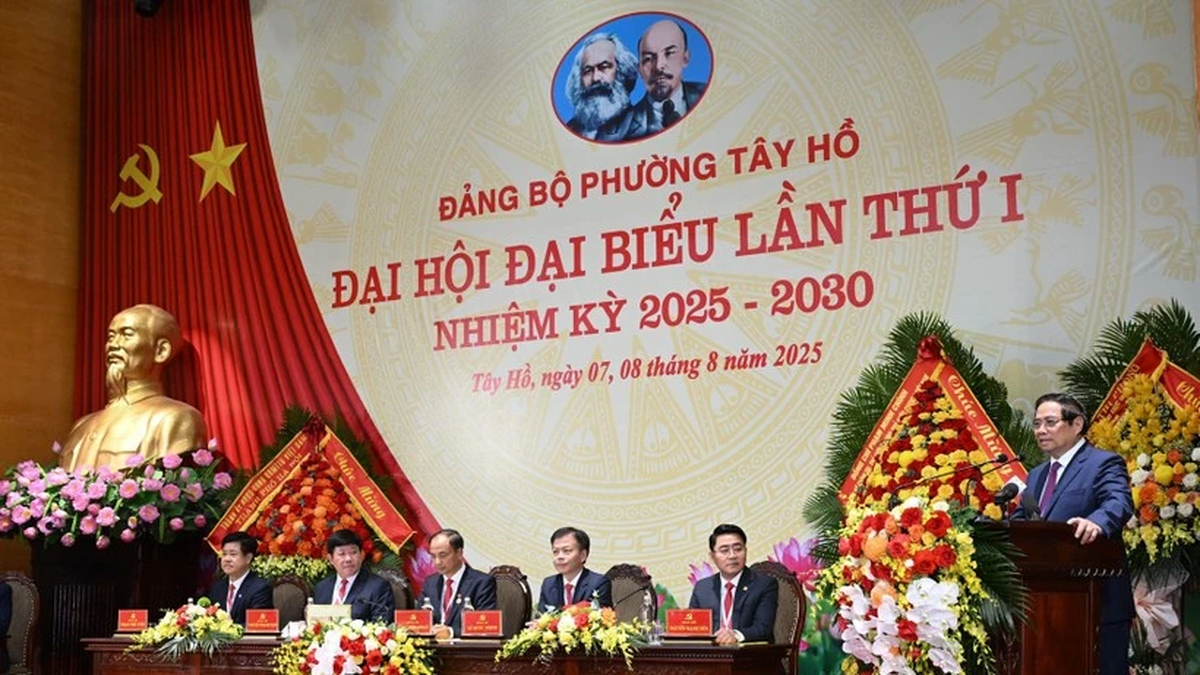
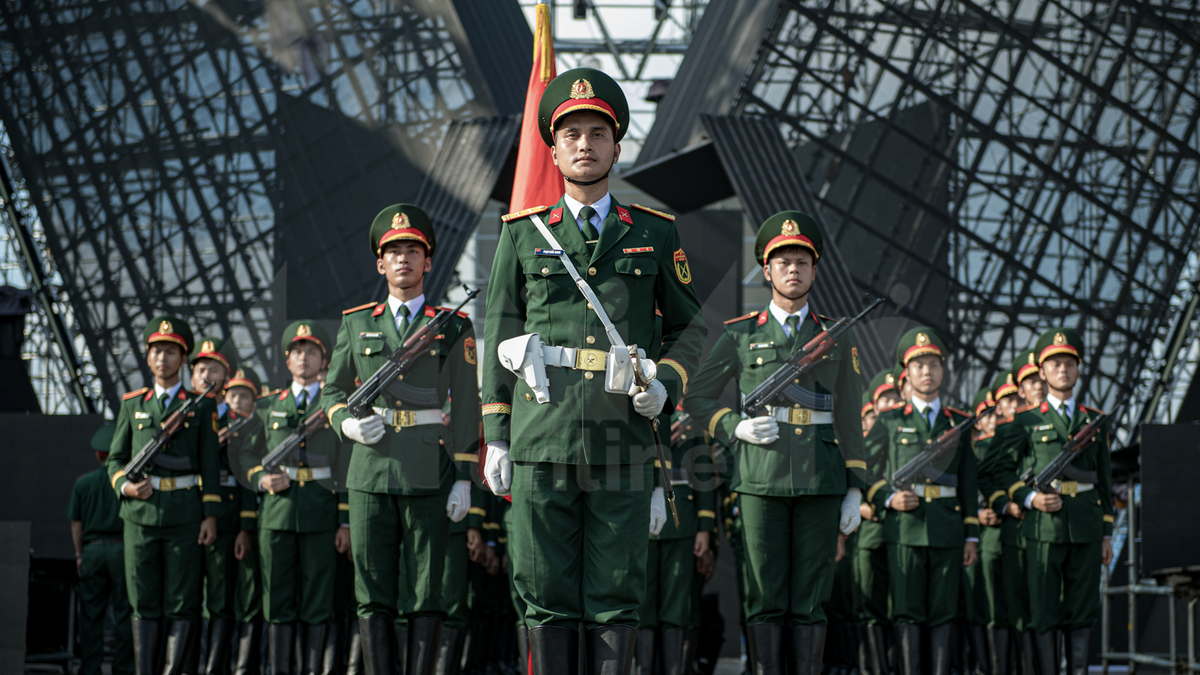
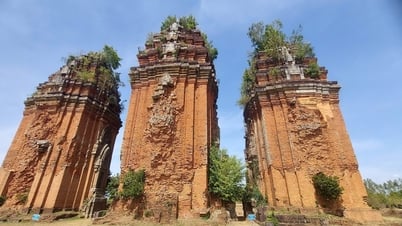

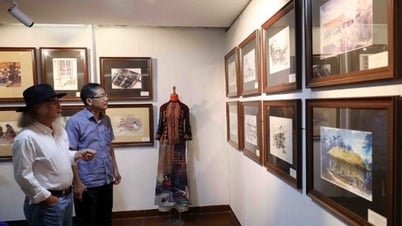

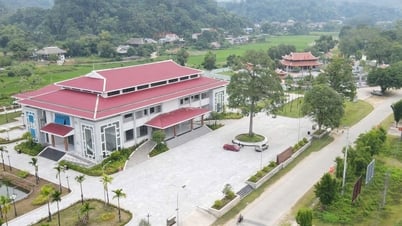

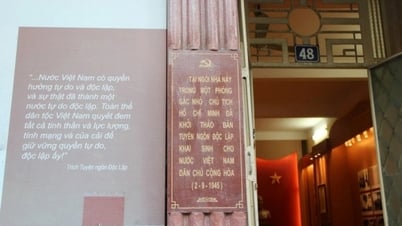

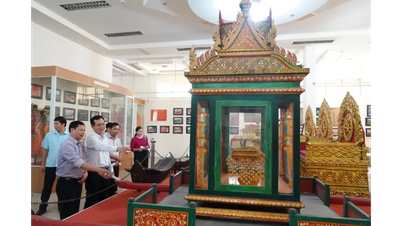



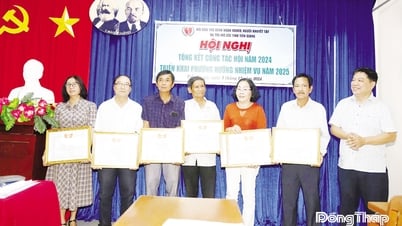



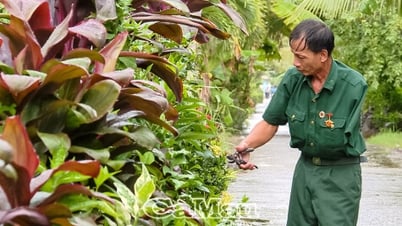












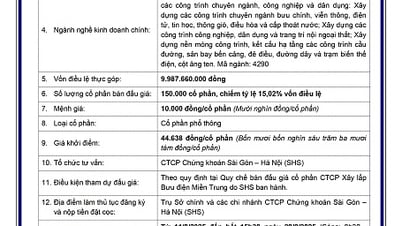
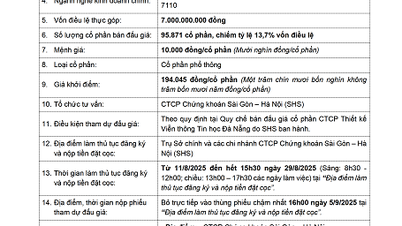



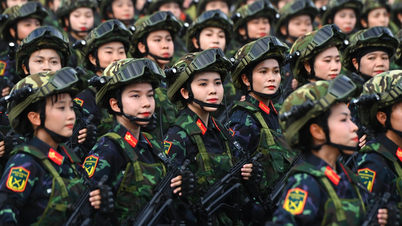




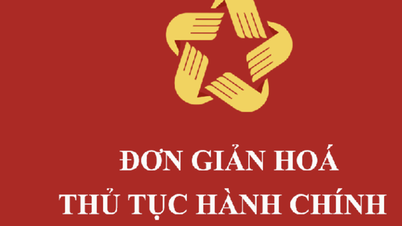
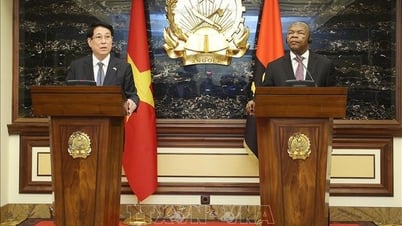

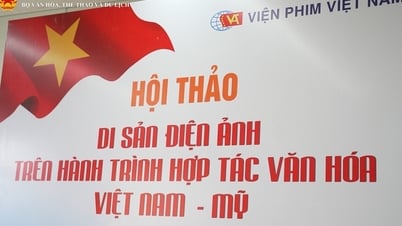
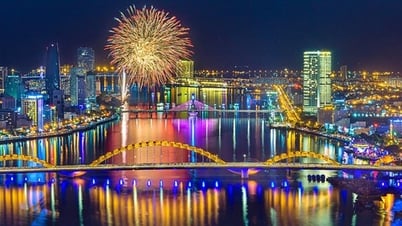
























Comment (0)